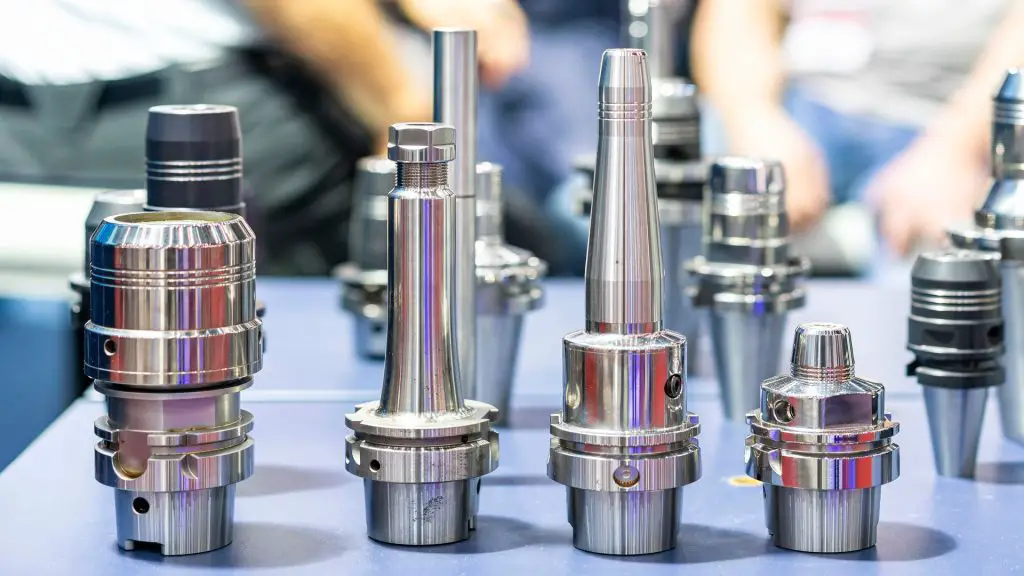Workholding devices are essential industrial instruments to clamp and hold workpieces for various purposes, such as welding, drilling, and assembly. Proper workholding devices allow for carrying out manufacturing operations without deforming the workpieces’ parts. In addition, these prevent the workpieces from slipping and falling out of place and causing injury in the workplace.

Suppose you’re working in a factory and doing various machining and assembly tasks. In that case, you may consider determining the right workholding device for your work. Here are some tips that’d help you make the correct decision:
1. Check The Device’s Stability And Rigidity
The appropriate workholding device in a factory should be stable enough to hold even the bulkiest materials and components. In most cases, it should clamp or hold materials in position easily, but can lock them tightly.
Apart from stability, the system should also be rigid enough against the device’s vibration to keep the component or machine in place while being worked on. When choosing a workholding device, check for special tooling components, such as spring tops, grippers, and thread inserts. You may know more about spring stops and other components through resources you can find online or by seeing them at local machinist stores or factories.
2. Think About The Operator’s Interaction With The Device
Selecting a workholding device requires you to determine how the machine is operated. If you’re still unfamiliar with the various types of workholding devices, you may check the following:
Fully Automatic: This refers to devices that function with automation. In many cases, the loading, unloading, and setting up fixtures and workpieces are done automatically. The operator may need to boot the system and prepare the seating area before the work begins.
Partially Automatic: This pertains to devices with mixed loading and unloading and automatic clamping. While this type varies from its model, it generally has manual and automatic functions in its components.
Fully Manual: This type requires 100% manual operation. Its functions need an operator for the loading, clamping, machining, drilling, and other processes.
3. Consider The Device’s Clearance
In choosing a device, you may look for one with a wide clearance or gap for easy loading and unloading a workpiece. The clearance area must be free from misalignment and rough patching that could push out the workpiece during the vibration.
In addition, the device’s clearance should provide a way for swarf clearance or the space for the materials left out of grinding and drilling. With this space, the device will be easy to clean after its operations.
4. Monitor The Duration Of Clamping And Locating
Clamping and locating a workpiece generally takes time. Yet, the most dependable workholding device doesn’t wait for the clamping and locating to be too long that the workpiece may move out of its place in the procedure. To avoid devices that can be too time-consuming to use, you may need to time the process of a particular device to see how long its clamping and the other processes take.
5. Consider The Features
In selecting the right device, you must consider the different features that make it a standout. You may look for component guides and flat sides to efficiently accommodate the workpieces. In addition, you may also look for built-in features, such as fasteners, to make the process accurate and precise.

When choosing a jig, you must look for parts that maximize its capacity to determine location dimensions. If you’re after fixtures, you may need to look for portions enhancing the device’s assembly operations. In other words, you should consider selecting the devices with particular parts that add value to their functions.
6. Look For A Device That Gives Your Money’s Worth
While workholding devices are generally costly because of their bulk and functions, you may still need to choose a device according to its qualities. Some devices may be expensive but don’t have the range of tooling components that make the most of their functions. On the contrary, some machining tools may be less expensive but have special components that ensure top-notch results. In this regard, you should choose the device that’s worth your hard-earned money. However, you may still need to consider your needs, whether you’re going to need the device for cutting, drilling, or hammering, as each of these processes has its own strength requirement.
Wrapping Up
Suppose you’re buying a workholding device anytime soon. In that case, you should know some tips in choosing the right one for your needs. Reading this article is a good start in your search for a reliable and top-of-the-line clamping, locating, and machining devices for your factory needs.



